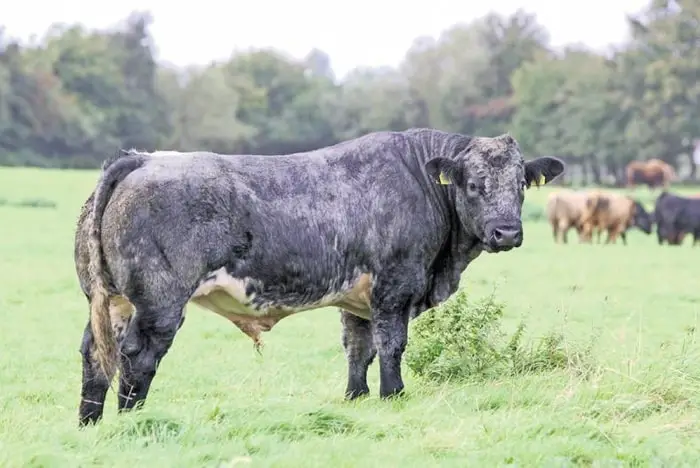Ringworm in cattle or Dermatomycosis or Dermatophytosis is a common health problem in farm animals. The term Dermatomycosis is derived from the Greek word ‘derma’ means skin, ‘mykes’ mean fungus, and ‘osis’ means conditions, that is, fungal infection of the skin. The ringworm comes from the distinctive red ring that can appear on infected animals’ skin. Ringworm is the generic term used to describe contagious infections of the skin by a fungus because the common manifestations are circular scaly patches.
Dermatophytosis is an infection of keratinized tissue (skin, hair, and claws) by one of the three genera of fungi collectively called dermatophytes- Epidermophyton, Microsporum, and Trichophyton. Ringworm of the skin is caused by the invasion of the keratinized epithelial cells and hair follicles by dermatophytes.
What Do You Need To Know About Ringworm in Cattle?
Ringworm in cattle is a common health problem in cattle kept in a herd. The disease is most common in hot summer when the humidity is more. The condition is a common skin and external organs like ears, eyelids, udder, tails, and scrotum. In my article, I shall discuss the general facts about Dermatomycosis in cattle.

What causes Dermatomycosis?
Trichophyton verrucosum is the usual cause of Dermatophytosis in cattle.Tr. mentagrophytes, Tr rubrum, Tr megnini, Microsporum gypseum are also responsible for the disease.
Epidemiology and Transmission of Ringworm in Cattle
These pathogenic fungi are found worldwide, and all domestic animal species are susceptible. Young animals are more vulnerable than adults. High incidence occurs in overcrowding conditions. High humidity results in the multiplication of fungus and so fungus outbreaks during summer. Transmission by direct contact with infected animals-licking of tongue spread of the fungus. Transmission by indirect contact with any inanimate objects, bedding, harness, grooming kits, and horse blankets.

Symptoms of Ringworm in Cattle
The lesions are roughly circular gray-white crust and about 3 cm in diameter. In the early stages, the surface below the crust is most, but in older lesions, the scrab becomes detached and pityriasis and alopecia. Itching does not occur because only hair fibers and keratinization epithelium are involved in ringworm.
Diagnosis of Dermatophilosis in Cattle
The diagnosis can be made on the history and the presence of characteristic ringworm lesions—dermatophytes such as Microsporum spp. Will fluoresce under an ultraviolet or wood’s lamp, and this method is commonly used to diagnose ringworm in animals. Laboratory diagnosis depends upon examining skin scrapings for fungal spores and mycelia by direct microscopic means and by culture.

How Do You Treat Ringworm in Cattle?
The ring’s crusts should be removed by scraping or brushing with a soft wire brush, and the medicament brushed or rubbed in vigorously. A weak solution of iodine and salicylic acid should be applied on the affected skin. Whitefield’s ointment and Sevin in vaseline ointment are effective under field conditions. In outbreaks and widespread cases- washes or spray the entire body surface of all animals.
Control and Prevention of Ringworm in Cattle
Isolation and treatment of your infected animals. Provision of separate grooming tools, blankets, and feeding utensils. It would be best if you had to give in vitamin A to the diet of young animals. Cleaning and disinfection of the animals shedding by the phenol and sodium hypochlorite. Highly effective cattle ringworm vaccines are used for the treatment and prevention of the disease.
Final Advice on Ringworm in Cattle
Ringworm is not a deadly disease of cattle, but it suffers both the cattle and the owner. The infection spreads to other animals of the herd very rapidly. It will help if you take adequate preventive measures to control the spread of the disease. The skin quality becomes deteriorated by the fungal infection. You must be cautious in the summer to prevent the entry of the organisms on the farm.